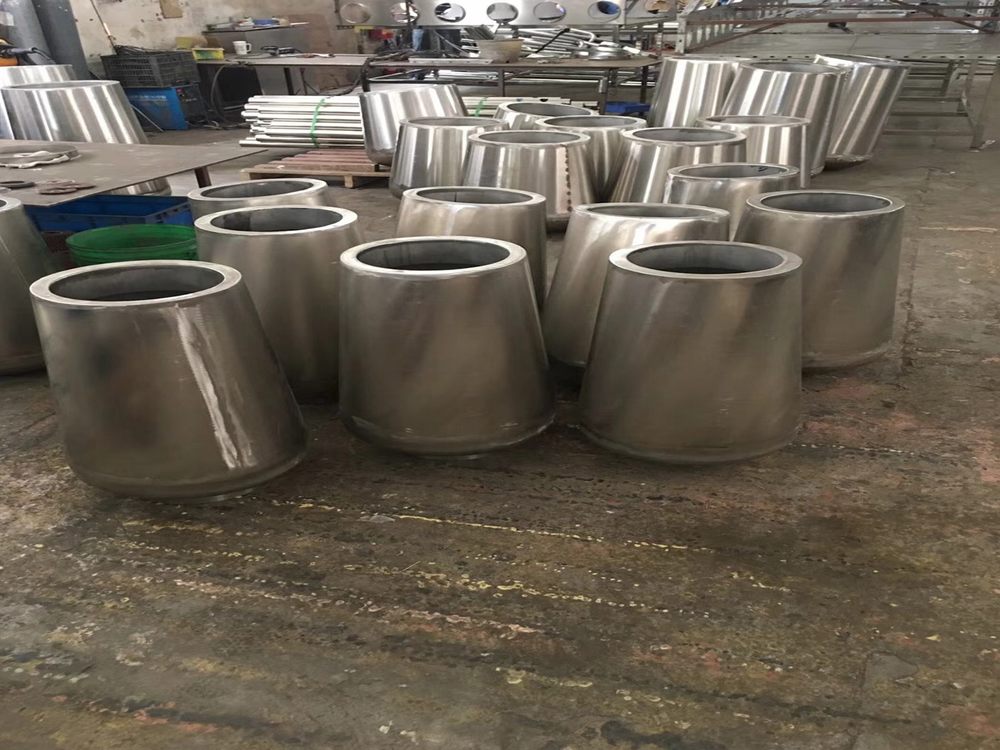
Creating a sense of balance in asymmetrical carvings is both an art and a science. Unlike symmetrical designs, asymmetrical carvings rely on visual weight, composition, and dynamic tension to achieve harmony. Here are some of the best methods to ensure balance in your asymmetrical carvings:
1. Use Visual Weight Distribution: Balance heavier elements with lighter ones by adjusting size, texture, or detail. A larger, simpler shape can counterbalance a smaller, intricately carved section.
2. Incorporate Negative Space: Strategic use of empty spaces can offset dense areas, creating a sense of equilibrium. Negative space acts as a visual breather, enhancing the overall composition.
3. Play with Contrast: Contrast in color, texture, or depth can guide the viewer’s eye and create a balanced feel. For example, a smooth, polished section can contrast with a rough, textured area.
4. Follow the Rule of Thirds: Divide your carving into imaginary thirds and place key elements along these lines or their intersections. This technique naturally creates a balanced yet dynamic layout.
5. Embrace Dynamic Symmetry: While the carving may not be mirror-image symmetrical, subtle repetitions or rhythmic patterns can unify the design.
6. Consider Movement and Flow: Carvings with directional elements (e.g., flowing lines or implied motion) can lead the eye across the piece, distributing attention evenly.
By mastering these techniques, you can transform asymmetrical carvings into visually harmonious works of art that captivate and delight viewers. Experimentation and practice will help refine your ability to balance creativity with structure.

